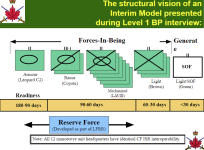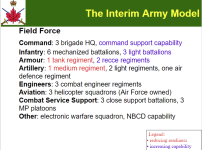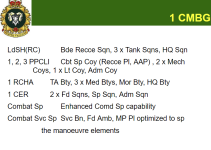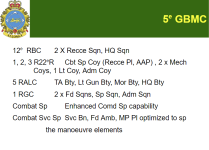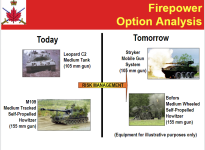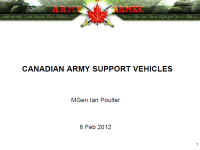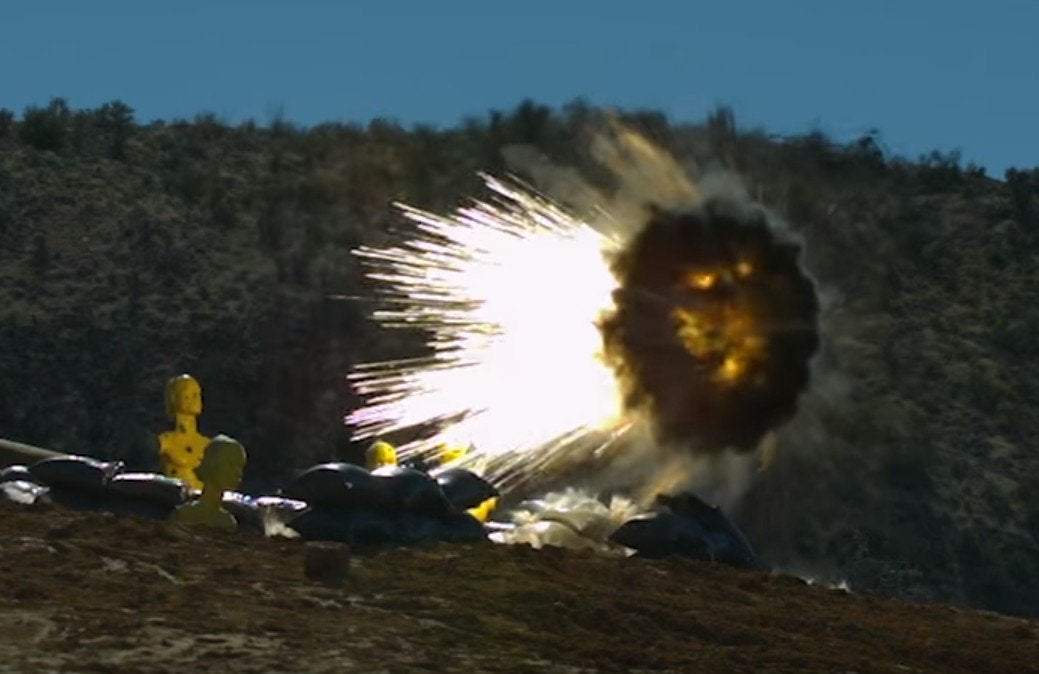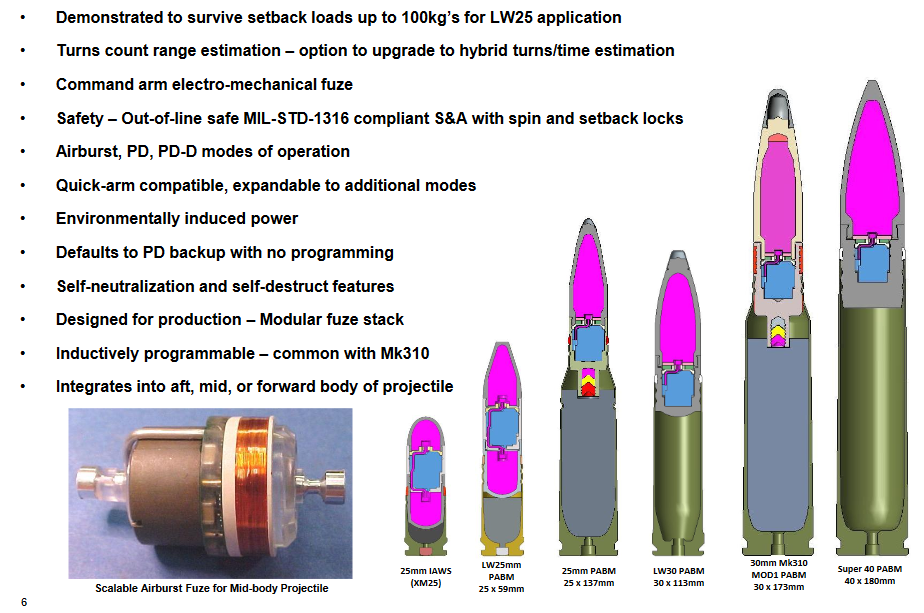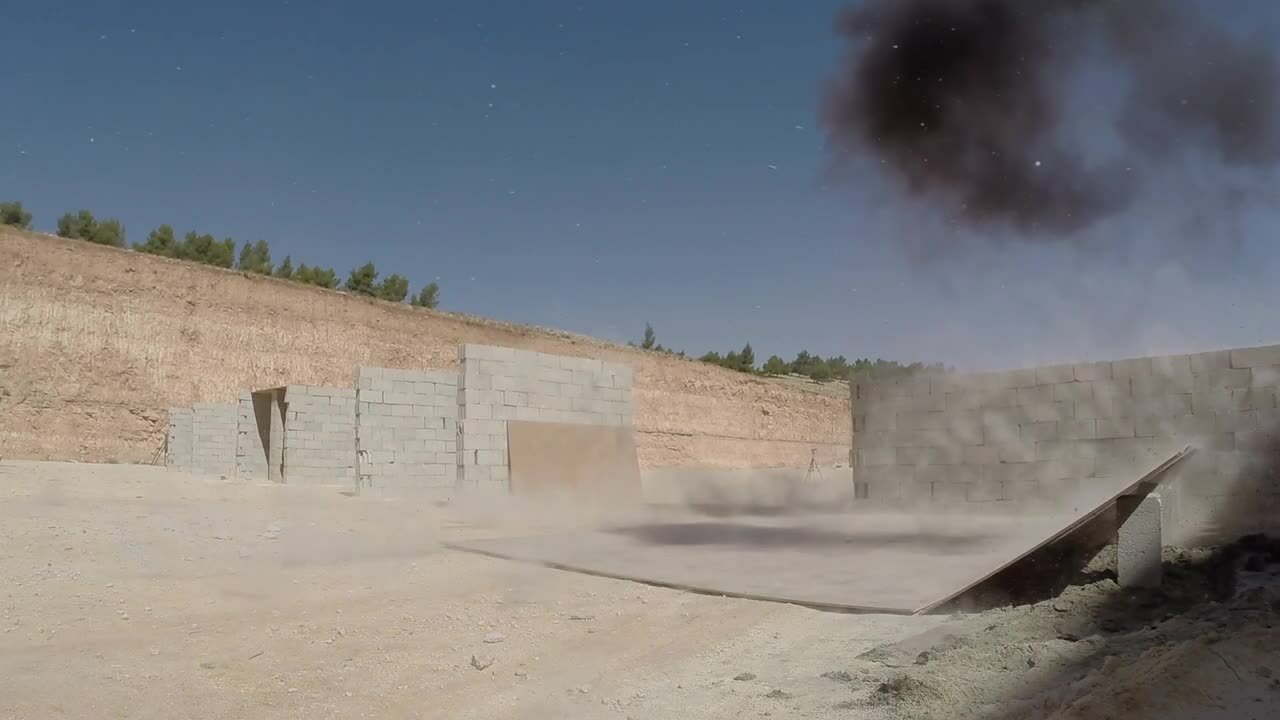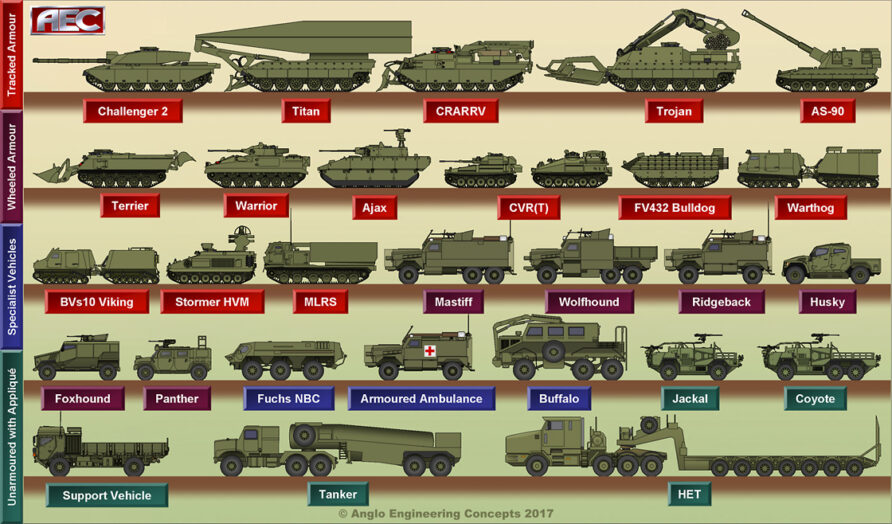no different then they already do for third party contractors.Okay that’s fine but that needs to be assessed, and audited before contracted.
Hire as needed or buy more equipment to fit the need. I am sure the US Army would loan a few recovery vehicles if we asked them. When I was on exercise we had to use US Army recovery when on their range as we did not have our own anyways.4-6 per Bn / Regt I think? I posted the ACSV numbers before. That’s obviously in addition to the HLVW wreckers. Their internal to units which is good. Now how that would be played out with AFVs across the country is a whole different question of course.
Lots can and do give up those days, it kind of pilfered off when taskings and course disappeared at the last minute when leave from work and or school was already arranged. The Army use to say we don't guarantee taskings. That would make for not happy employers. A few had a bit of tolerance and finally they said you work for me or you go play Army. That was after the Army cancelling so many courses and taskings for their workers.That wasn’t really my point. Not a lot of reservists will be able to give up 30 plus days a year just for those courses. We already make heavy use of simulators, in house ICS, for gunners but I think we can agree you need to actually drive to get a sense of the vehicles. Much like flight time is still required in addition to sim time.
I can and always have been able to. Did frequently at the last minute go on taskings.Would you, an an example, be able to take 30 days off for a driver course ?
So be it, train on the gear you have. It is pretty amazing what one can do on evening and weekend training when you have working equipment.“She’ll buff” failing to plan is planning to dial and all that.
God glad to hear it, how long is the m777 course ? Not sure not in any more. Never was qualified on the M777. The LG1 Conversion was a week long including live firing.
My point isn’t that I don’t think the reserves can fix the vehicles; I’m sure we can do some work around a to get it to work. It’s more that time and training would eat up every training day available to a reserve unit. Probably more if you have to break up the field portions into multiple weekends and account for travel.
We use to do dry deployments, practicing coming into and out of action, going over direct fire drills, open actions and the whole game on evening training. Our Recce Teams would practice their survey and our Command Post/Comms crews practice radio stuff. (once we managed to get equipment) When we went on our weekend training for Dry deployments prior to live fire the crews I worked with were pretty switched on. When we went live fire there was not a lot of messing around with our Detachments. Some of the others took a bit to get back to speed.
We trained with what we had, and became proficient in the job at hand.
If we would have had Lavs would not of been any different. We would have trained with them and become proficient.


